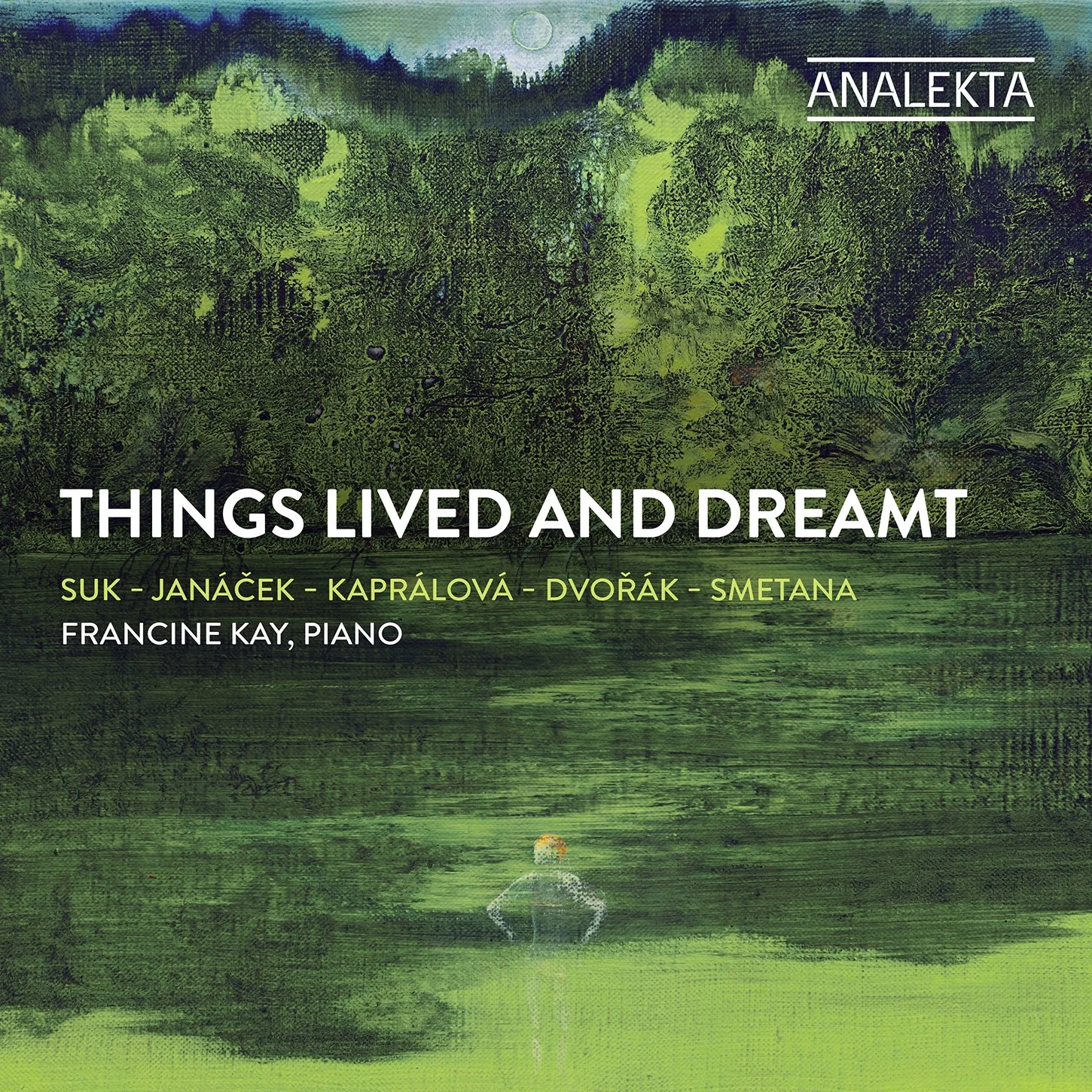BEETHOVEN
COMPLETE SONATAS FOR PIANO & VIOLIN ON HISTORIC INSTRUMENTS
Jerilyn Jorgensen, violin
Cullan Bryant, piano
Played on period instruments from the Frederick Collection
Release date: July 31, 2020 on Albany Records
Performed on period instruments of the Frederick Collection, violinist Jerilyn Jorgensen and pianist Cullan Bryant play Beethoven's Complete Piano and Violin Sonatas on Albany Records, (Troy 1825-28, released July 2020).
Ms. Jorgensen and Mr. Bryant took a historically informed approach in their interpretation of these sonatas. "Using original instruments from the Frederick Collection sparked profound insight into Beethoven's intended sound palette", says Ms. Jorgensen. "It brought us renewed commitment to build interpretations of these masterpieces from the ground up." They selected five different keyboards from the most extensive collection of early pianos in the United States. "These instrument choices highlight Beethoven's evolving style," explains Ms. Jorgensen, "bringing the listener on a journey from his crisp earlier works to the brink of his introspective late period."
Acclaimed historical performance practice instrumentalists, Jorgensen and Bryant were featured artists at the Historical Keyboard Society of North America 2018 conference, and were invited back in 2021. They have played at the National Music Museum in Vermillion, South Dakota, the Loring-Greenough House in Boston, at the Frederick Collection, and across the early piano network of university series in Greensboro, Winston-Salem, and Greenville, North Carolina.
Contact ClassicalCommunications@gmail.com to request a physical or digital copy of this recording.
Instruments used on the Recording
For this recording, Ms. Jorgensen and Mr. Bryant used keyboard instruments from the Frederick Collection of Historic Pianos in Ashburnham, MA. Each piano has a rich history and was chosen for its connection to Beethoven himself and his historical period. To learn more about the instruments, read the liner notes.
Casper Katholnig ca.1805-1810, Vienna (Sonatas 3,5,6,7).
This piano had been part of the estate of the Esterházys, at their palace at Eisenstadt. In 1807, Beethoven conducted his mass honoring the wife of Prince Nikolaus Esterházy at Eisenstadt.
The Katholnig represents the last kind of piano sound Beethoven was able to hear clearly before becoming severely deaf. One may suppose his compositions even after this time were conceived for the kind of piano tone Beethoven remembered, rather than for later instruments whose sound he could only imagine.
Other Pianos used in this Recording:
Joseph Brodmann c.1800-1805, Vienna (Sonatas 2,8)
Unsigned Piano c.1795, in Viennese style (Sonatas 1,4)
Johann Nepomuk Tröndlin ca.1830, Leipzig (Sonata 9)
Ignaz Bösendorfer ca. 1830, Vienna (Sonata 10)
Read about the history of each of these instruments in the liner notes
The Violin
Built in Vienna in 1797, the Andrea Carolus Leeb violin played in these recordings is a rare example of an eighteenth century violin that retains an early neck set. In terms of arching this violin is flatter and more powerful than many contemporaneous instruments, reflecting a forward thinking concept for its time. The combination of a rare, intact neck set and powerful arching make this instrument particularly valuable for period-practice informed performances.
Ms. Jorgensen also used a number of historical bows for this recording. More information is in the liner notes.
LUDWIG VAN BEETHOVEN
THE COMPLETE SONATAS FOR PIANO& VIOLIN ON HISTORIC INSTRUMENTS
Jerilyn Jorgensen, violin
Cullan Bryant, piano
Albany Records: TROY1825-28
Released: July 31, 2020
Download the cover art
Read the liner notes
Jerilyn Jorgensen is an accomplished artist on both modern and period instruments. She is praised for her “taut, confident playing, brimming with thrust and color” by Los Angeles Times, and her “ease, authority, and thoroughgoing excellence” by San Francisco Chronicle.
Ms. Jorgensen was first violinist of the Da Vinci Quartet (1980-2004). She performed with the quartet throughout the United States for a quarter century, including a national television appearance on NewsHour with Jim Lehrer on PBS.
Jerilyn Jorgensen is on the performance faculty of Colorado College. She has also held positions at Lamont School of Music of the University of Denver and the Crane School of Music, SUNY Potsdam. She is the director and co-founder of the Manitou Chamber Music Festival since 2014. She holds a Master of Music degree from The Juilliard School and a Bachelor’s degree from the Eastman School of Music.
Pianist Cullan Bryant, sought-after for his sensitive and supportive partnership, is an active solo, chamber and collaborative pianist. As a soloist, he has performed on the Piano Lunch series in New York, at the Frederick Collection in Ashburnham, Massachusetts, and at the Long Island Beethoven Festival where he performed 16 Beethoven piano sonatas in a 2-day marathon.
He toured throughout Japan with violinist Midori, and performed in recital with the violinists Emanuel Borok, Oleh Krysa, Mikhail Kopelman, Midori, Peter Rejto, and members of the American and Borromeo Quartets. As a chamber musician, he has appeared with members of the New York Philharmonic, Metropolitan Opera Orchestra, the Orchestra of St. Luke's, New York City Ballet Orchestra, the Detroit Symphony, and the Boston Symphony, in venues including Lincoln Center, Carnegie Hall and the Metropolitan Museum of Art in New York.





